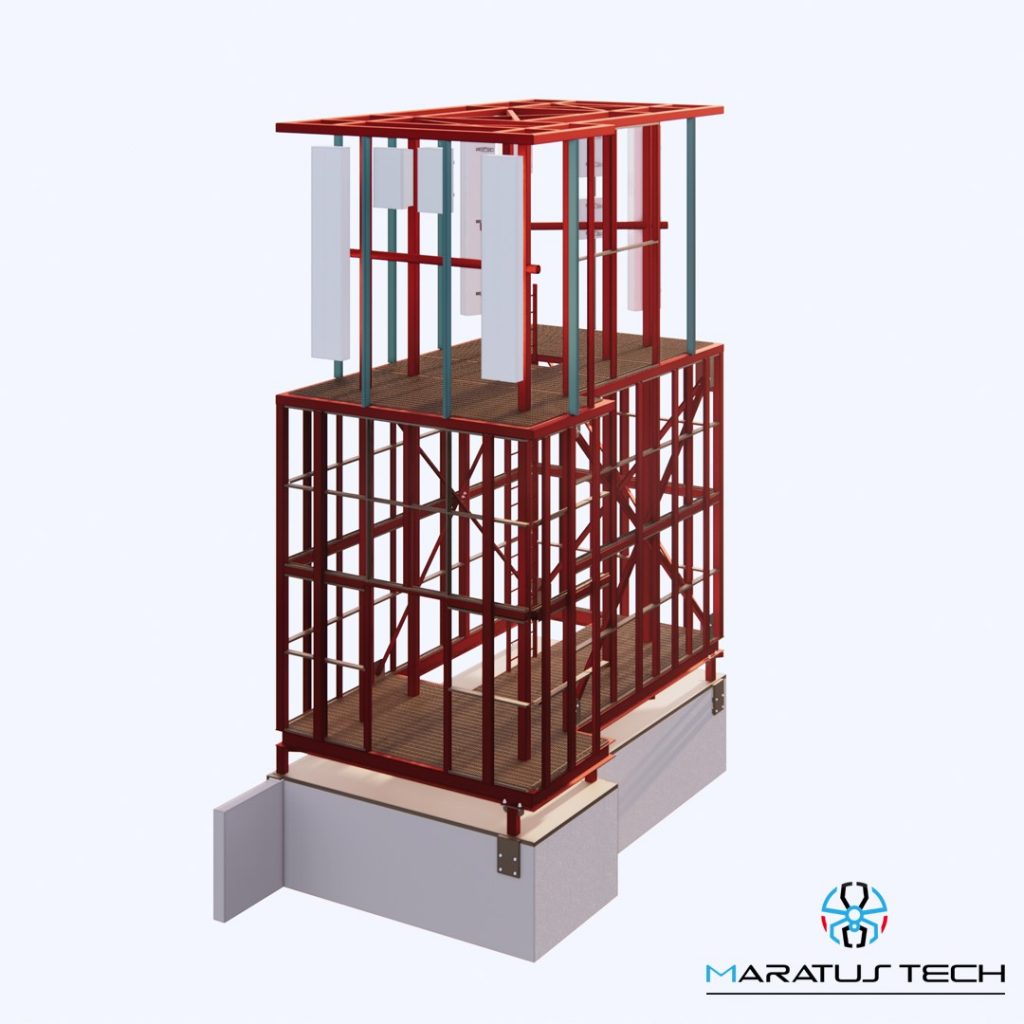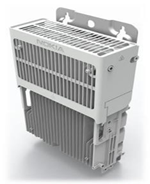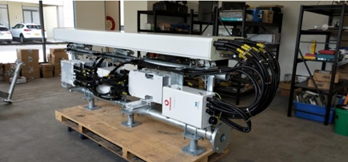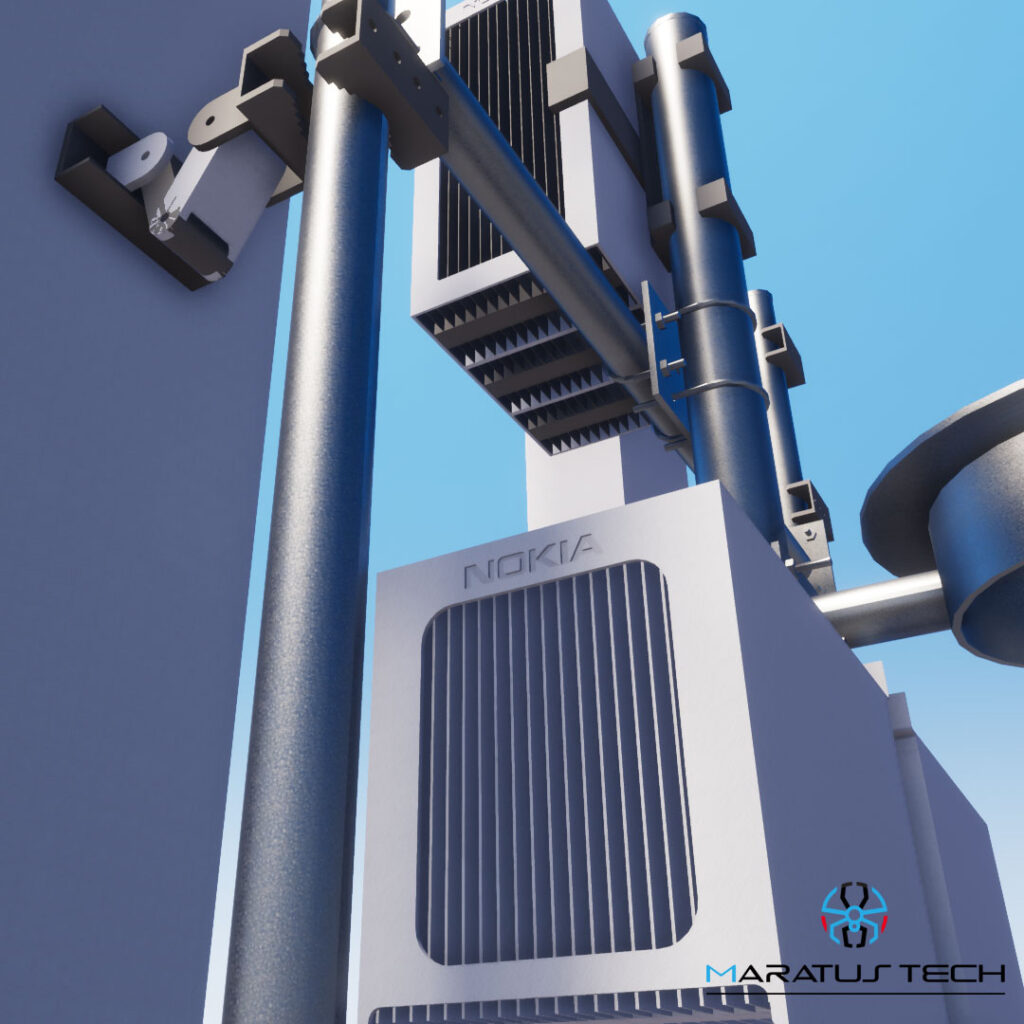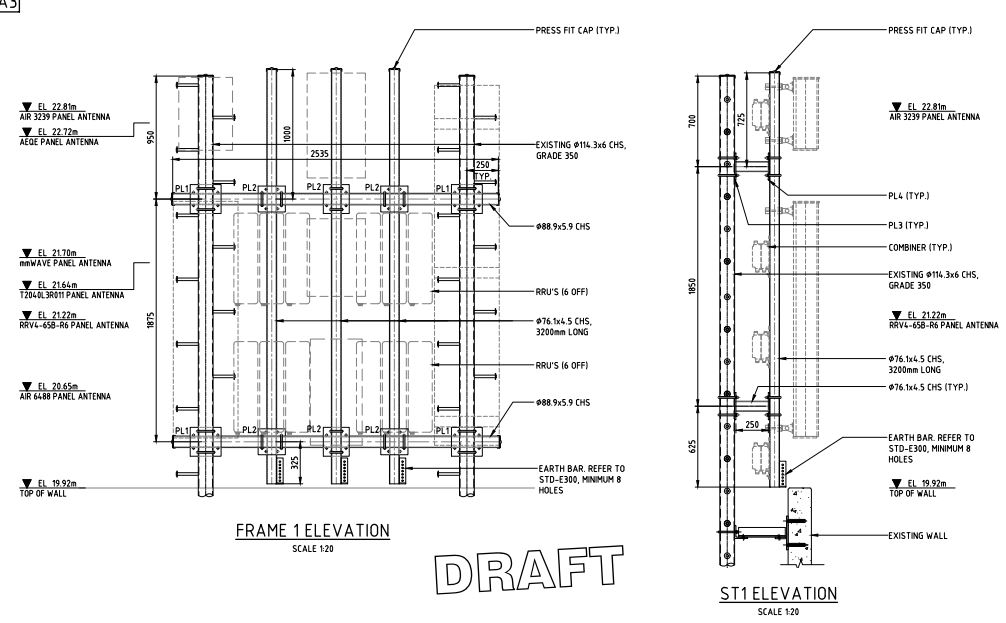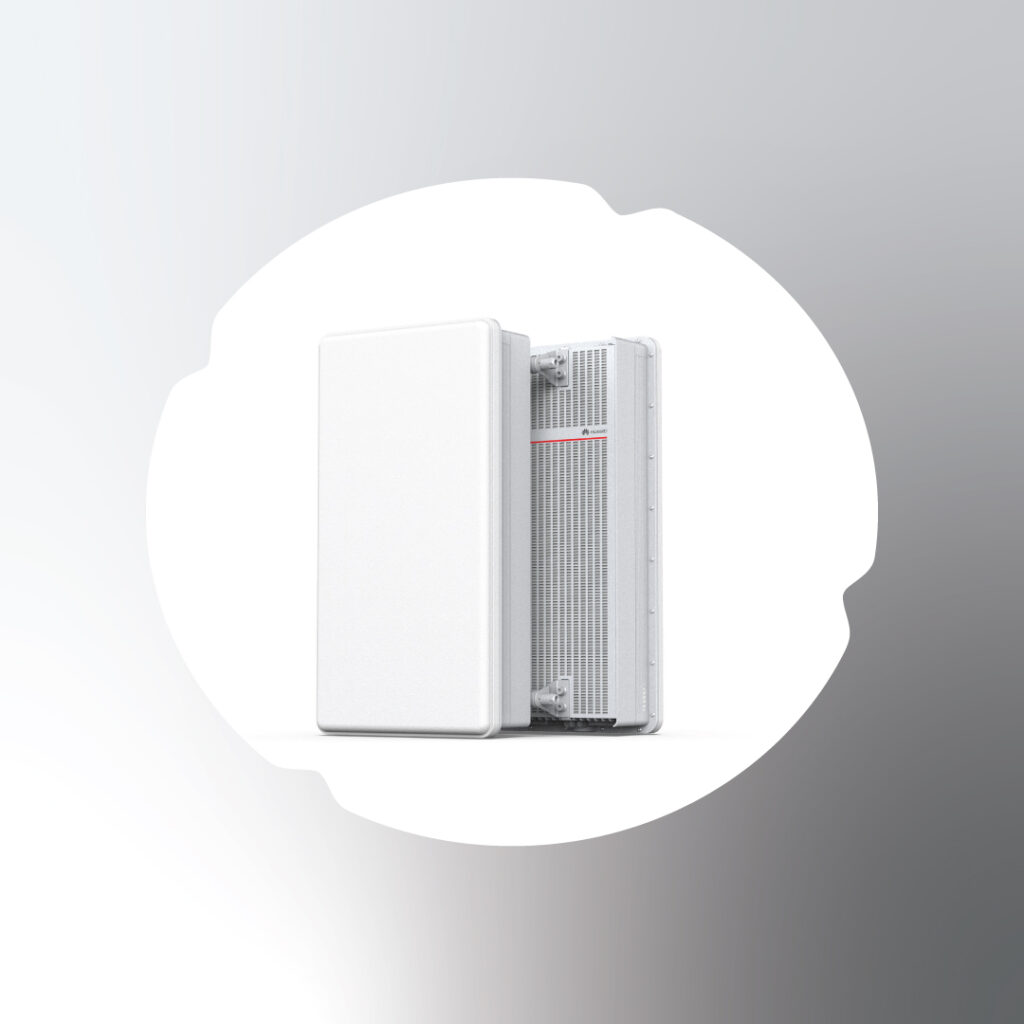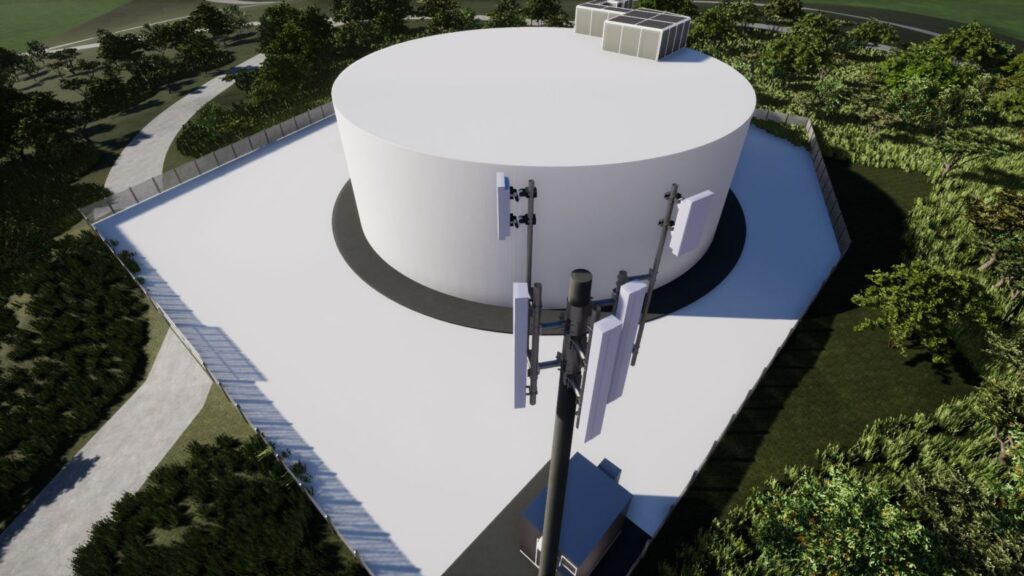what is small cell ?
A small cell is a low powered mobile base station designed to provide mobile phone coverage within an area of approximately 1OOm to 400m from the small cell. The equipment is of a much smaller scale than a regular base station and is designed to introduce highly targeted coverage to improve the quality of mobile coverage and deliver faster speeds. Small cell equipment and antennas are becoming a more common form of infrastructure used by Telstra and other carriers to provide essential communication services within the community.
Small cells may be located on a range of existing or new structures including lighting columns, electrical distribution poles and buildings.
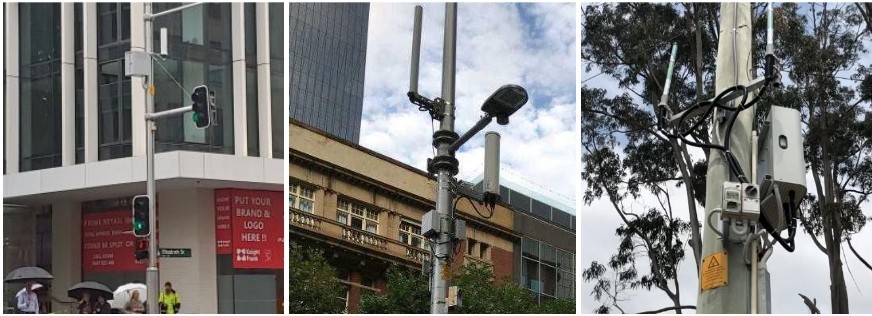
How do I work safely on or near a small cell?
Small cells use low power levels and are designed to comply with Australia’s mandatory electromagnetic energy (EME) safety standards. Individuals who work in close proximity to small cellantennas must follow safe work practices when performing work on or near them.
Failure to comply with safe work procedures may result in personal exposure to Radio Frequency (RF) levels above the safety limits when working close to the small cell antenna.
How do I know if there is a Telstra small cell nearby?
Site specific risk controls can vary depending on the requirements of the structure owner and each of the carrier’s own standards and procedures. Field workers must identify whether a small cell is in the vicinity of their work area, taking particular care when working at height. If the site is a Telstra small cell, the Telstra Small Cell Isolation Procedure must be followed. See below.
A potential EME hazard is identified by a sign with the Non-Ionising Radiation symbol. Field workers must follow safe work practices (set out below) and the on-site signage and instructions from the structure/asset owner.
Telstra adopts the use of isolation switches to manage EME risk at locations where Telstra small cells are present. Isolation switches are used to “switch off’ the small cell and ensure safe access to the area.


